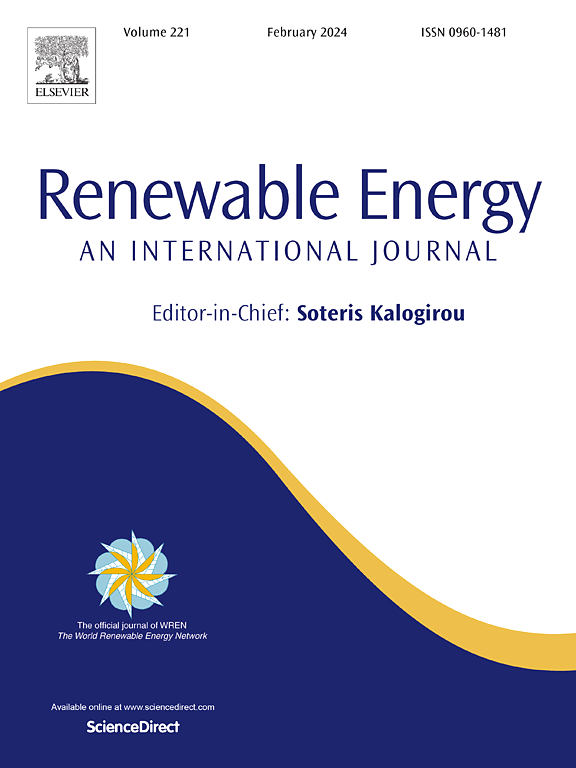A graph attention network framework for generalized-horizon multi-plant solar power generation forecasting using heterogeneous data
IF 9
1区 工程技术
Q1 ENERGY & FUELS
引用次数: 0
Abstract
Accurate forecasting of solar power output from multiple photovoltaic plants simultaneously for different time horizons is crucial for their large-scale integration into the electric grid. Forecasting strategies for PV output power significantly vary depending on the forecasting horizons, quality, variety, resolution of data, and fields of application. While the researchers addressed many of these particular cases to achieve high forecasting accuracy, the literature lacks sufficient discussion on integrating strategies for various forecasting scenarios into a general framework. This article proposes such a framework facilitating PV power forecasting with variable time horizons and imparting data of various types and granularity by introducing a single adjustable module into the framework. Moreover, by proposing a geographic distance-based graph construction, ensuring minimal vertex connectivity and adjustable sparsity, the technique captures the spatiotemporal correlation among the PV plant through a graph attention network for accurate forecasting. The proposed technique is highly scalable archiving excellent forecasting performance (an average absolute error of of the plant capacity for 5 min to 3-day forecasting horizon) up to thousands of PVs. The results indicate that the proposed method outperforms state-of-the-art approaches, such as Long Short-Term Memory networks, in terms of both accuracy and scalability. Additionally, this paper analyzes the suitability of features for forecasting in different scenarios and performance sensitivity to various model parameters.

求助全文
约1分钟内获得全文
求助全文
来源期刊

Renewable Energy
工程技术-能源与燃料
CiteScore
18.40
自引率
9.20%
发文量
1955
审稿时长
6.6 months
期刊介绍:
Renewable Energy journal is dedicated to advancing knowledge and disseminating insights on various topics and technologies within renewable energy systems and components. Our mission is to support researchers, engineers, economists, manufacturers, NGOs, associations, and societies in staying updated on new developments in their respective fields and applying alternative energy solutions to current practices.
As an international, multidisciplinary journal in renewable energy engineering and research, we strive to be a premier peer-reviewed platform and a trusted source of original research and reviews in the field of renewable energy. Join us in our endeavor to drive innovation and progress in sustainable energy solutions.
 求助内容:
求助内容: 应助结果提醒方式:
应助结果提醒方式:


